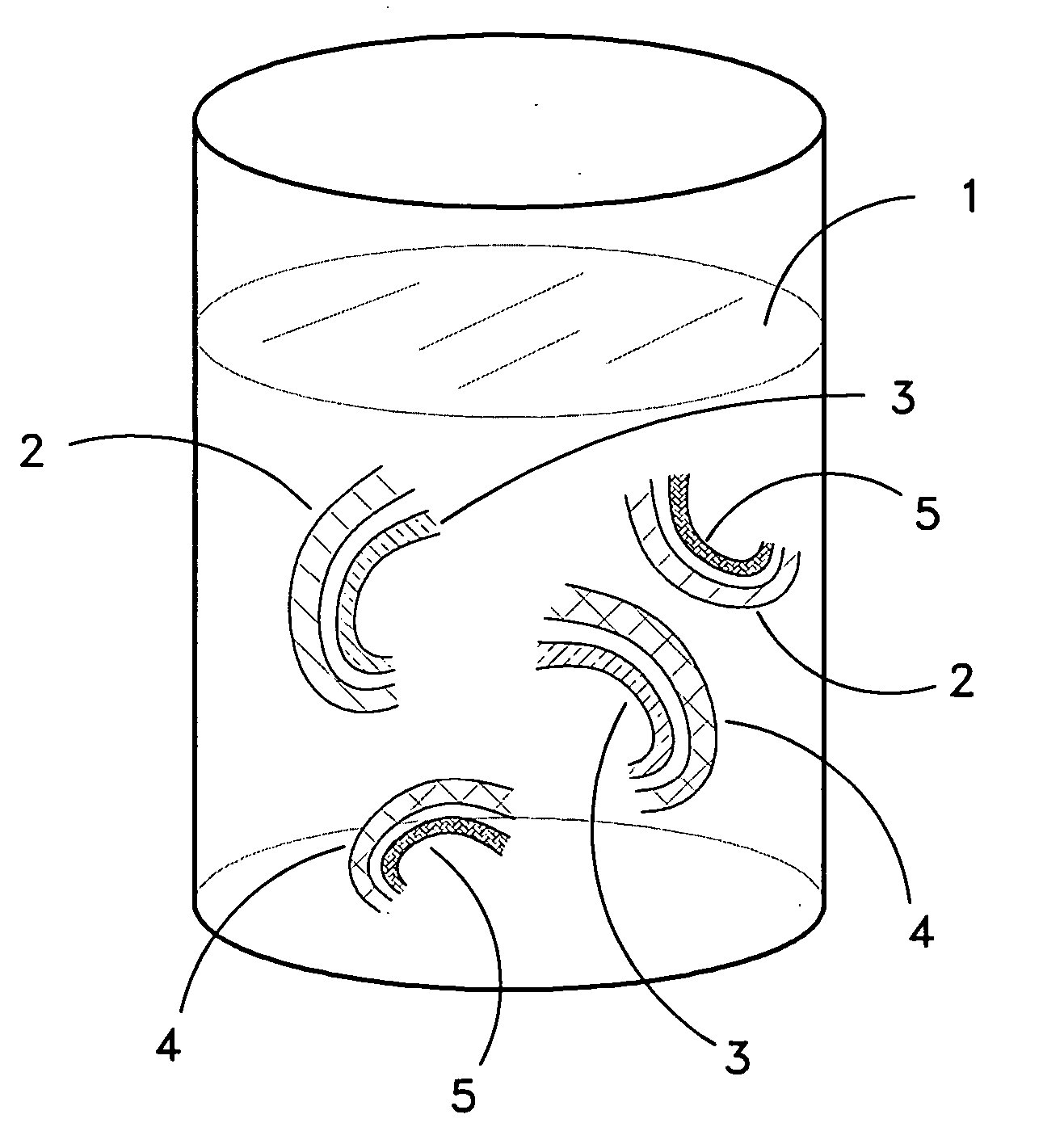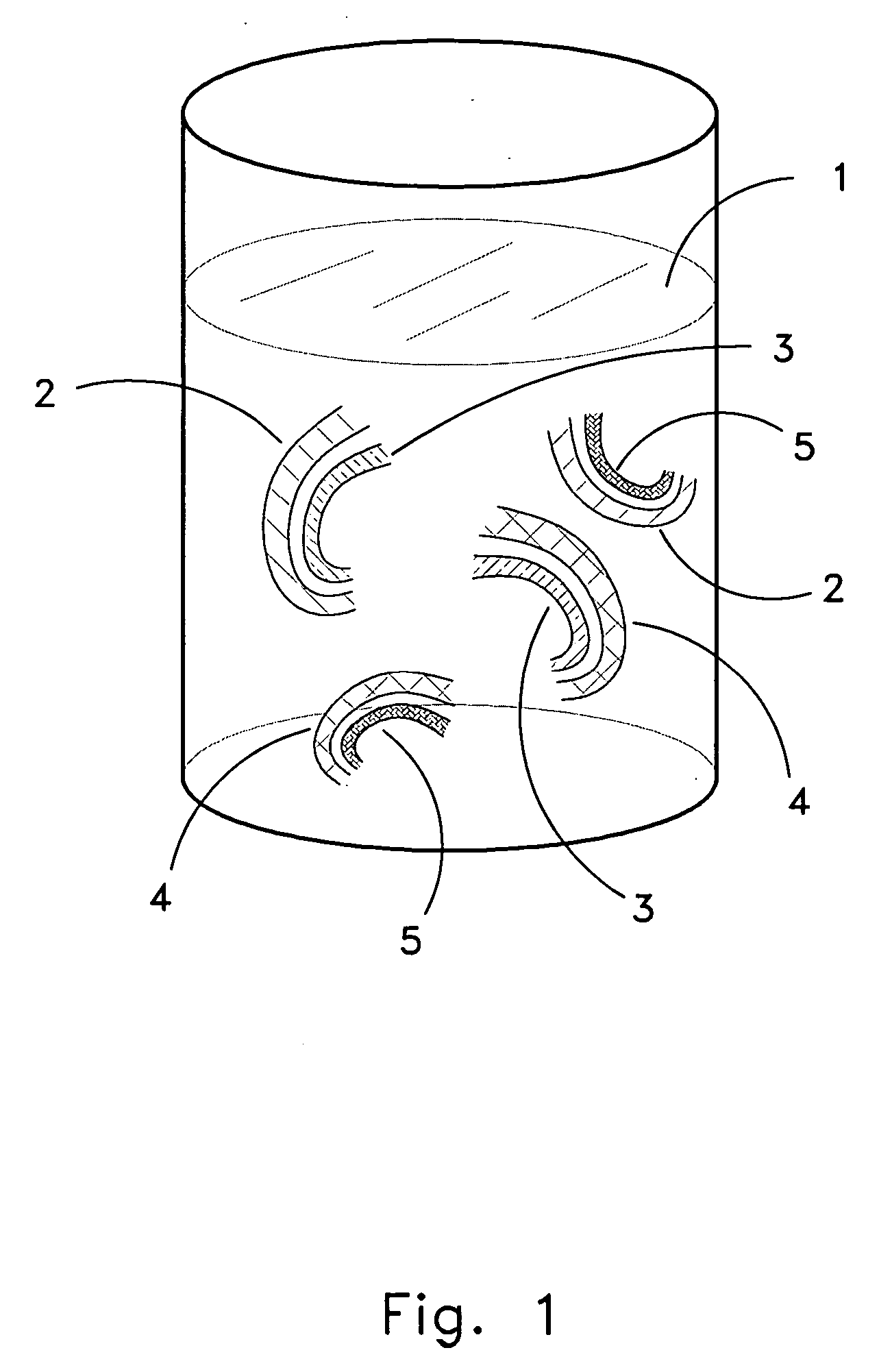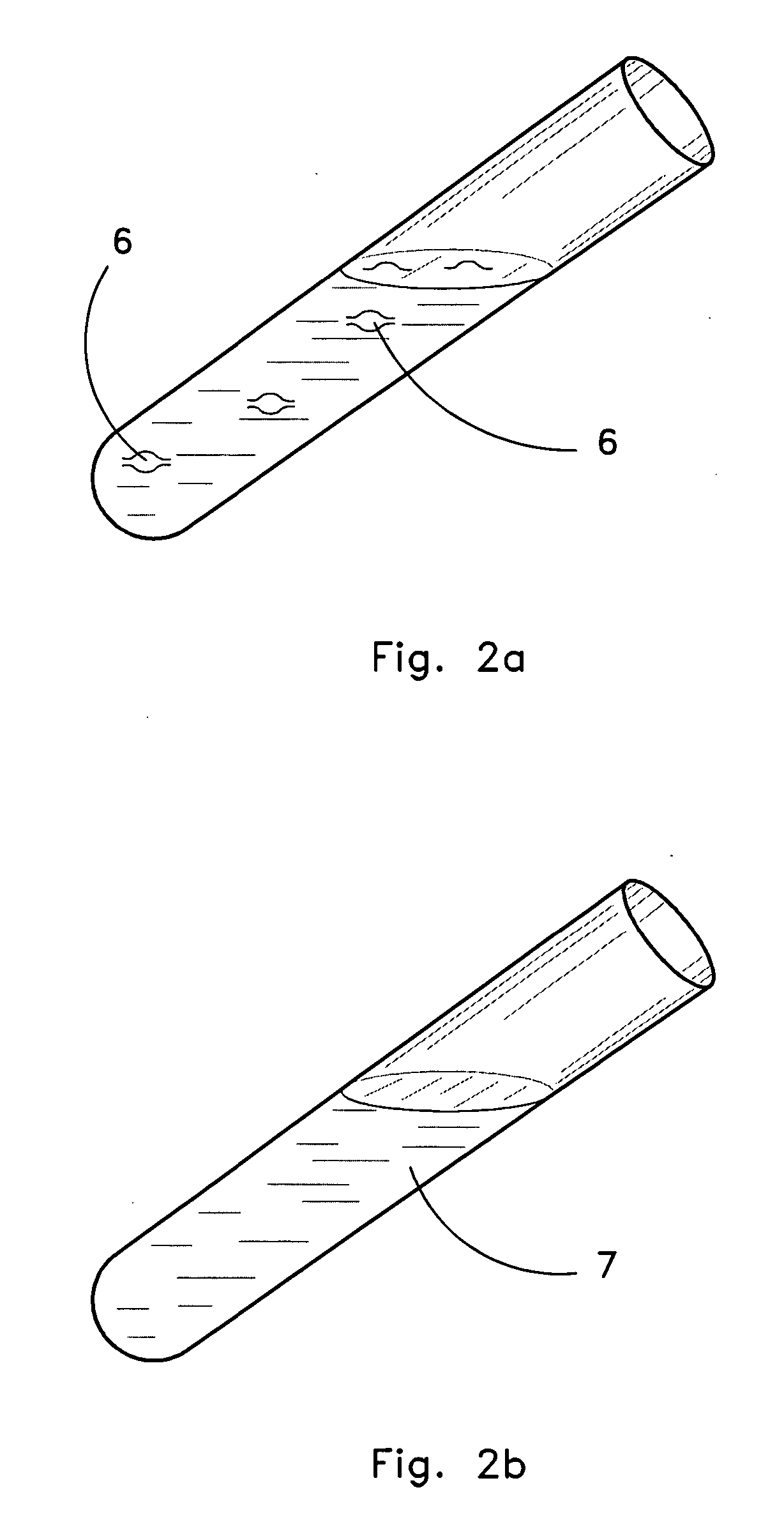Methods and apparatus for reducing protein content in sperm cell extenders
a technology of sperm cell extenders and protein content reduction, which is applied in the field of methods and apparatus for can solve the problems of glycerol toxicity to sperm cells, other applications may require more intensive human manipulation, and use of glycerol to cryoprotect sperm cells, etc., and achieve the effects of reducing protein content in sperm cell extenders
- Summary
- Abstract
- Description
- Claims
- Application Information
AI Technical Summary
Benefits of technology
Problems solved by technology
Method used
Image
Examples
example 1
[0073] One possible procedure for collecting and processing sorted sperm involving a B-fraction of an extender containing egg yolk may be as follows. Tris-A catch medium (2-ml) may be deposited in a 50-ml Falcon tube. Sorted sperm may be collected into the 50-ml Falcon tube over the course of approximately 1 hour for a total sorted volume of 12.5-ml. This volume may be non-glycerol containing and may be referred to as the A-fraction. The percent of egg yolk in the A-fraction for this example is 3.2% [(2-ml “Catch”) / (12.5-ml total volume)×(20% egg yolk “Catch”)=3.2%)]. The 3.2% egg yolk admixture may be cooled to 5° C. over perhaps 90-min. Following the cooling period, an equal volume of glycerol-containing 20% egg yolk extender (B-fraction; 12% glycerol) may be added stepwise as 2 equal fractions at perhaps 15-min intervals. Cooled sorted sperm, now contained in this example in an 11.6% egg yolk ABextender [((12.5-ml A-fraction)×(3.2% egg yolk)+(12.5-ml B-fraction)×(20% egg yolk)) / 2...
example 2
[0077] A further example may be reported as follows. Sperm were studied from first ejaculates obtained from 6 bulls and the study was replicated three times. Sperm for this study were not sorted but were subjected to Hoechst 33342 staining and extreme dilution as occurs during sorting. The objective was to compare post-thaw motility of sperm that received glycerol-containing extender (B-fraction) with or without egg yolk. An additional objective was to identify the optimal glycerol content needed for sorted sperm. Therefore, 3, 4, 5 and 6% final glycerol content was studied in both 0 and 20% egg yolk containing B-fraction extender. Sperm frozen in 0.25-ml straws were thawed in a 37° C. water bath for 30 sec and were incubated at 37° C. Visual estimates of total motility were determined by 2 observers, blind to treatment, at 30 and 120 min of incubation.
[0078] The exclusion of egg yolk in the B-fraction extender did not adversely affect post-thaw sperm motility. In fact, motility wa...
example 3
[0080] Another example may be reported as follows. An objective was to compare 30-day pregnancy rate in Holstein heifers inseminated with X-chromosome bearing sperm that were processed with 0% egg yolk glycerol (12%) containing extender to that containing 20% egg yolk.
[0081] X-chromosome bearing sperm from each of 2 bulls were isolated on the basis of DNA content using a flow cytometer. Sorted sperm were collected in 50-ml plastic tubes containing 2-ml of 20% egg yolk-TRIS extender without glycerol until each tube contained 12.5-ml and approximately 12 million sperm. Sorted sperm were cooled (5° C.) over 90 minutes. After cooling, sperm-containing sort tubes (50-ml Falcon) were evenly separated and glycerol-containing extender (B-fraction) added. Cooled sperm received either B-fraction extender containing 0% egg yolk or 20% egg yolk. Tubes containing sorted sperm (25-ml total volume) were then centrifuged at 850×g for 20-minutes at 5° C. Supernatant was removed, leaving sorted sper...
PUM
 Login to View More
Login to View More Abstract
Description
Claims
Application Information
 Login to View More
Login to View More - R&D
- Intellectual Property
- Life Sciences
- Materials
- Tech Scout
- Unparalleled Data Quality
- Higher Quality Content
- 60% Fewer Hallucinations
Browse by: Latest US Patents, China's latest patents, Technical Efficacy Thesaurus, Application Domain, Technology Topic, Popular Technical Reports.
© 2025 PatSnap. All rights reserved.Legal|Privacy policy|Modern Slavery Act Transparency Statement|Sitemap|About US| Contact US: help@patsnap.com



